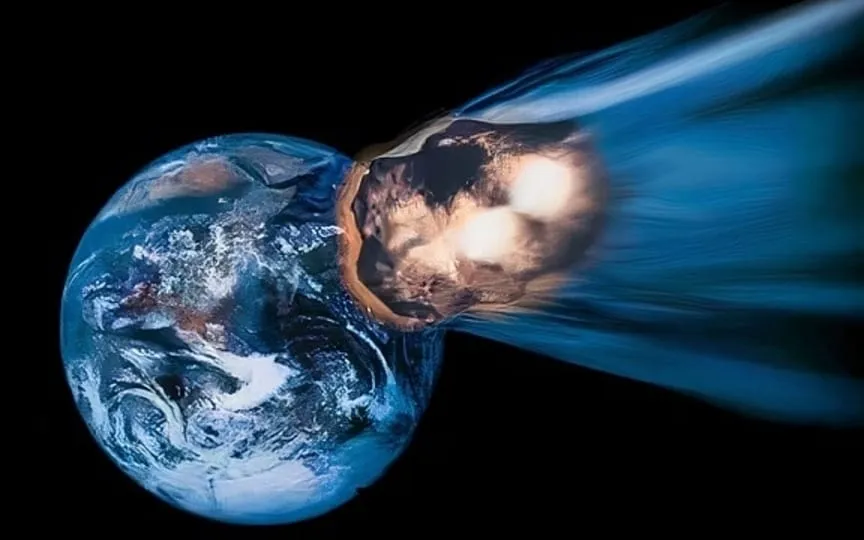Asteroid 2023 LV Approaching Earth at High Speed – NASA Warning
Yesterday, the asteroid 2023 LE2 came uncomfortably close to Earth and the Moon, but fortunately, it passed by safely. However, this may not always be the case as asteroids have the potential to cause immense destruction. To ensure the safety of our planet, space agencies such as NASA monitor asteroids. Although most asteroids are located in the asteroid belt, some may change their orbital paths, making their movements unpredictable due to their irregular rotation and erratic motion.
The effect of Jupiter’s gravity and random interactions with other celestial bodies play a significant role in perturbing the trajectory of asteroids. These disturbances can lead to the ejection of asteroids from the main asteroid belt. In some cases, these altered paths can bring them dangerously close to the paths of other planets, including Earth. Therefore, tracking these asteroids becomes crucial to determine potential risks.
Now a huge, airplane-sized 110-foot-tall asteroid is scheduled to approach Earth today. Is that a concern? NASA explains.
Asteroid 2023 JD2 details
Asteroid 2023 LV is expected to pass close to Earth today, June 18, according to asteroid tracking data provided by NASA. It approaches at a distance of about 2.83 million miles. NASA’s CNEOS data suggested that this particular asteroid was hurtling through space at an astonishing 28,846 kilometers per hour.
Recently, on June 10, 2023, astronomers discovered an asteroid named 2023 LV, which is classified as part of the Cupid group. This classification is named after the prototype of this group, 1221 Amor.
It is important to understand that when an asteroid approaches within about 4.6 million miles of Earth and exceeds about 150 meters in diameter, NASA’s Planetary Defense Coordination Office designates it as a Near Earth Object (NEO) and issues an alert. Fortunately, asteroid 2023 LV’s size does not pose an immediate risk as a potentially hazardous asteroid. Yet even a small change in its trajectory can lead to disaster.
NASA’s technology behind asteroid warnings
NASA’s CNEOS center (Center for Near Earth Object Studies) is responsible for observing all known Near Earth objects to assess their potential impact risk. In order to detect danger, NASA has established a NEO observation program whose mission is to find, track and characterize NEOs and identify those that may pose a danger to Earth. Ground-based telescopes and NASA’s NEOWISE spacecraft are currently used to locate NEOs.




